Jaecoo J7 Buyer's Guide: Models, Price & Best Pick for You!
 RobertJun 10, 2025, 12:11 PM
RobertJun 10, 2025, 12:11 PM

【PCauto】The arrival of Jaecoo J7 has indeed brought a breath of fresh air. Shortly after its launch in October last year, it became the best-selling non-local SUV in Malaysia. Following the pure gasoline version, Jaecoo Malaysia introduced the plug-in hybrid (PHEV) version of J7 in late February this year, providing more options for consumers. Currently, J7 is available in Malaysia with three versions:
- J7 Pure 2WD (Pure Gasoline, 2WD): On-the-road price (without insurance) is approximately RM 138,800;
- J7 Premium 4WD (Pure Gasoline, 4WD): On-the-road price (without insurance) is RM 148,800;
- J7 PHEV (Plug-in Hybrid): Only available in high-spec configuration, with an on-the-road price (without insurance) of RM 158,800. Notably, this price is lower than the initial estimate of RM 170k, and just RM 10,000 more than the top-tier gasoline Premium 4WD model.

Core Differences among 3 Versions
First, the J7 Pure/Premium is equipped with a 1.6L turbocharged gasoline engine, delivering 194hp and 290N·m of torque, paired with a 7-speed dual-clutch transmission. The Premium variant offers a four-wheel-drive system. The official 0-100km/h acceleration time is approximately 9.2 seconds (Premium 4WD).

The J7 PHEV, however, is entirely different. It adopts a plug-in hybrid system (Super Hybrid System, SHS) combining a 1.5L turbocharged engine with an electric motor. The engine alone produces 141hp/215N·m, while the electric motor adds 204hp/310N·m, delivering a combined output of 347hp and 525N·m of torque. The drivetrain uses a single-speed dedicated hybrid transmission (DHT) with front-wheel drive. Despite its heavier weight (1,795kg), its 0-100km/h acceleration has been improved to 8.5 seconds, with a top speed of 180km/h.

Fuel consumption of the gasoline J7 depends on driving habits and road conditions, falling within the standard range for conventional fuel vehicles.
For the PHEV variant, fuel efficiency is its standout advantage. With an 18.3kWh lithium iron phosphate (LFP) battery, it offers a pure-electric range of 106km under NEDC standards (88km under WLTP). The system reserves at least 20% battery charge to protect the battery.
More impressive is the PHEV's exceptional total range: combined with its 60L fuel tank, it achieves up to 1,300km under NEDC (1,200km under WLTP). Officially, post-depletion (at 20% SOC), fuel consumption is rated at 4.77L/100km (NEDC), though real-world tests (e.g., a 1,066km trip from Singapore to Hat Yai) have recorded averages as low as 3.8L/100km.
The battery supports 40kW DC fast charging (~20 minutes for 30%-80%) and 6.6kW AC home charging (~4 hours for a full charge; wall-mounted charger sold separately).
Exterior Differences Between PHEV and Gasoline Versions
In exterior, the PHEV boasts unique identity markers: 19-inch aerodynamic wheels, more streamlined door mirrors, checkered flag patterns on door trim, removal of the gasoline version's fake exhaust decorations, and a prominent "PHEV" badge at the rear. The gasoline variants (2WD/4WD) share nearly identical exteriors.
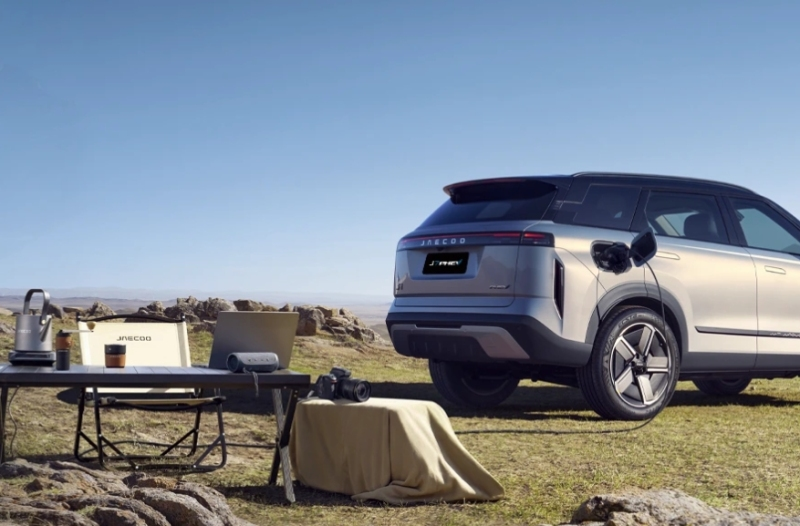
In interior, the PHEV adopts a more minimalist cabin design with cleaner door panel lines (eliminating bulky handles and physical mirror adjusters). The most significant change is at the center console—replacing the gasoline version's large drive mode knob and traditional gear lever with a steering-column-mounted shifter. The remaining space accommodates physical buttons for EV/hybrid mode toggling. Its 10.25-inch instrument cluster features PHEV-specific display.

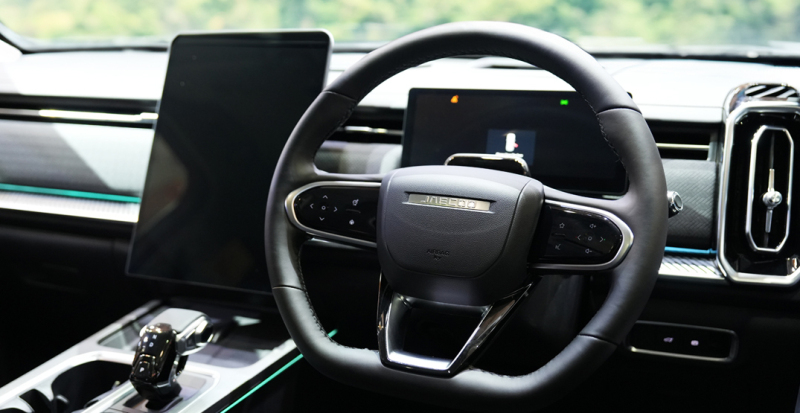
As for practical advantages, the column shifter creates a more spacious front storage area. Although there is a battery pack under the floor and the full-sized spare tire has been removed (only a tire repair kit is provided), PHEV’s space can reach 1,265L when the rear seats are folded down. The reverse side of the PHEV trunk's cargo cover is white for use as a projection screen. And its 3.3kW V2L (vehicle-to-load) functionality enables external power supply.
Configuration Differences among 3 Versions
The core configuration distinctions between the three Jaecoo J7 versions are as follows:
PHEV 2WD, as a plug-in hybrid model, comes standard with 8 airbags (including knee airbags), a 14.8-inch touchscreen, an 8-speaker Sony audio system, a panoramic sunroof, and V2L (vehicle-to-load) external discharge capability. Its battery pack is covered by an 8-year/160,000 km warranty.
J7 Pure reduces the number of airbags by 2 compared with PHEV, eliminating knee airbags and the airbag deactivation function. It features a 13.2-inch touchscreen (with navigation and voice control), a single sunroof, an N95 air purifier, and front fog lights.
J7 Premium upgrades 2WD’s drivetrain to a full-time 4WD system while maintaining the same safety features as the 2WD. However, it increases the size of touchscreen to 14.8 inches and adopts front fog lights. All three variants share foundational features such as a 360-degree panoramic camera, ACCl, and an electronic parking brake.
For a more intuitive and detailed comparison of their specifications, you may visit:
https://www.pcauto.com/my/cars/jaecoo/j7/specs?variant=2322
Which Model Is Right for You?
- Jaecoo J7 Pure 2WD (RM 138,800): If your budget is relatively limited, and you mainly drive in urban areas or regions with good road conditions, and do not have a strict need for a four-wheel drive, while also considering that plug-in hybrid technology is not a must, then this basic gasoline version retaining the core value of the Jaecoo J7: design, space, basic technology, and safety configurations will be the most appropriate choice for you .
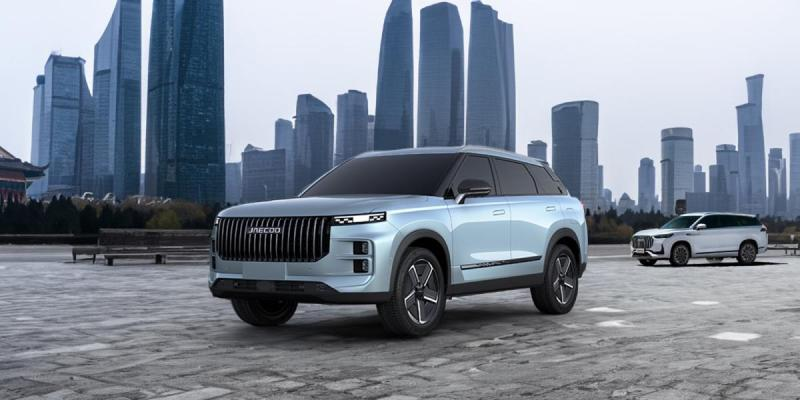
- Jaecoo J7 Premium 4WD (RM 148,800): If you frequently drive on slippery or unpaved roads, focus on driving stability (especially in wet conditions), and prefer the convenience of a traditional fuel-powered vehicle, then Premium 4WD’s all-wheel-drive system offers superior traction and control. For those willing to spend RM 10,000 more, it’s the more versatile gasoline option.
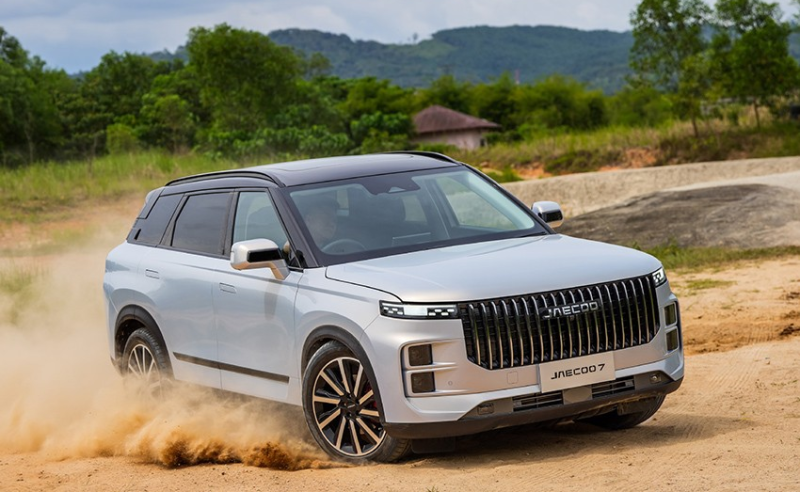
- Jaecoo J7 PHEV (RM 158,800): If you prioritize exceptional fuel efficiency, extended range, smoother and more powerful acceleration, and wish to use pure electric mode as much as possible during daily commutes (106km NEDC pure electric range is more than sufficient for most daily commutes), then the additional RM 10,000 cost for the PHEV (compared to the Premium 4WD) will bring significant savings in vehicle operating costs and an enhanced driving experience. J7 PHEV’s V2L capability and unique projection screen add practicality and fun for outdoor activities. Eco-conscious drivers, EV enthusiasts, or those in potential low-emission zones will find the PHEV a smart choice, with early-bird extended warranties providing added peace of mind.
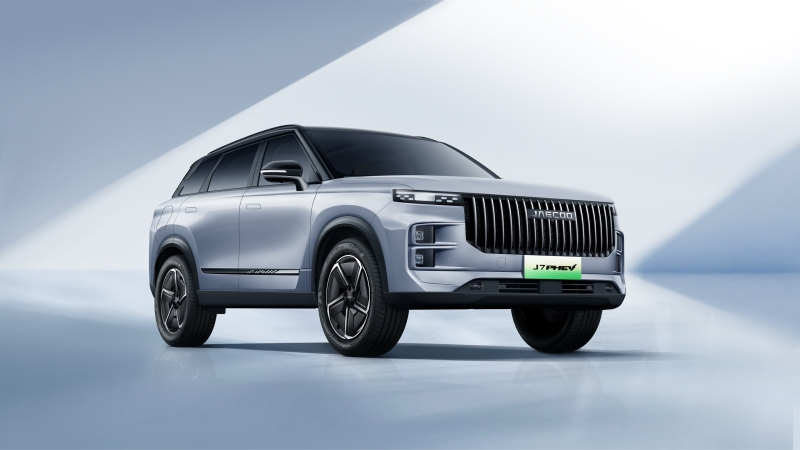
If any infringement occurs, please contact us for deletion
Trending News

BYD Sealion 7 is not only cheaper than Tesla Model Y, what other differences do they have?
Is it better to buy the BYD Sealion 7 or the Tesla Model Y? This really makes one a bit hesitant, but before you make a decision, I recommend you take a good look at this article.

2026 Toyota Hilux Travo released, the brand-new exterior and interior are highly anticipated
If you're considering buying a Hilux, honestly, the comprehensive innovations in the ninth generation are worth waiting for. While the current model might still have some advantages in terms of reliability and price, the new model offers significant changes in terms of exterior and interior luxury, tech features, and powertrain options.

Toyota Land Cruiser FJ did not disappoint, the most anticipated civilian off-road vehicle is back.
Since its birth in 1951 under the name Toyota BJ, the Land Cruiser series has accumulated sales of approximately 12.15 million units in over 190 countries and regions worldwide, becoming a global off-road icon spanning more than 70 years.

In Malaysia, which sliding door MPVs are available?
The numerous advantages of sliding door MPVs make many people fond of this type of vehicle. However, MPVs are not a mainstream choice in the car market, so many people might not know which MPVs are available domestically.

Jaecoo J7 VS Honda CR-V, which is the most worthwhile C-Segment SUV to buy
With an exterior that closely resembles a Land Rover, Jaecoo J7's sales experienced several months of rapid growth but have recently slowed down. Perhaps the market is nearing saturation, as Jaecoo J7 has already surpassed the once-dominant Honda CR-V in the C-Segment SUV category.
Popular Cars
Model Year
Car Compare
Car Photo

